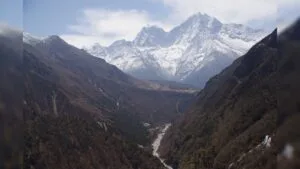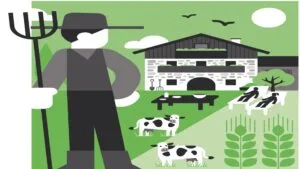Abstract/Description
Many settlements in the high mountain areas of the Hindu Kush Himalayan (HKH) region are often remote and marginalised but are inhabited by Indigenous communities who have developed unique practices to manage their natural resources based on local ecology and societal needs. In the Limi Valley and Kagbeni of western Nepal, Indigenous institutions that governs natural resources is deeply rooted in local history, culture and religion. Over the last two of decades, the local community has experienced a range of environmental and socio-economic changes, particularly climate change and migration, which have implications on Indigenous institutions. This study explores the social, economic, and cultural factors affecting the sustainability of the Indigenous institution, while identifying opportunities with policy implications. It draws on interviews and group discussions with community members of the Limi and Kagbeni and other stakeholders about climate change, migration, and their implications on functioning of the institution. Additionally, observations by the author team through repeated visits to the two communities also informed the study findings. The study findings highlight that increasing disaster risks such as floods, and rockfalls threaten cultural heritage and local livelihoods. Furthermore, youth outmigration for education or economic opportunities, and an increasingly ageing population poses serious challenges to maintaining the functioning of the traditional institution. However, the multi-local livelihood opportunities within and nearby areas have evolved as an adaptation strategy that have encouraged youth to return and engage in and sustaining the Indigenous institution. Place attachment, social bonding and cultural identity were major influencing factors among elderly population and youth to stay behind. The Indigenous institution is central to the identity of the both communities and their governance system, therefore, policy interventions need to recognize and support such Indigenous institutions to effectively address local livelihoods and climate challenges.



